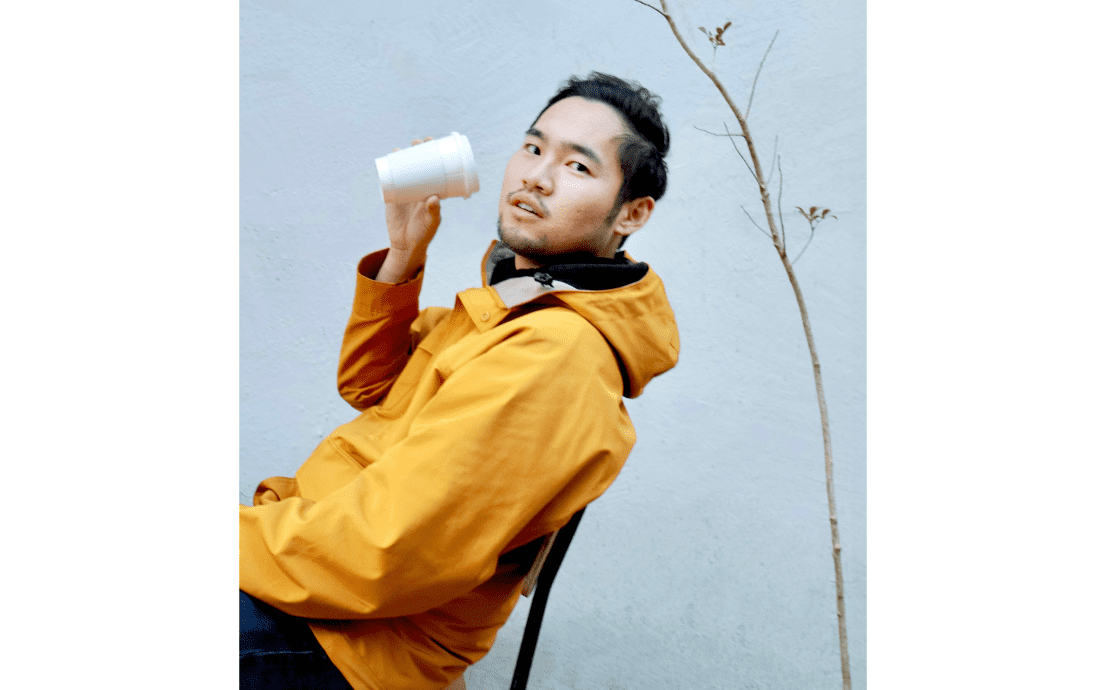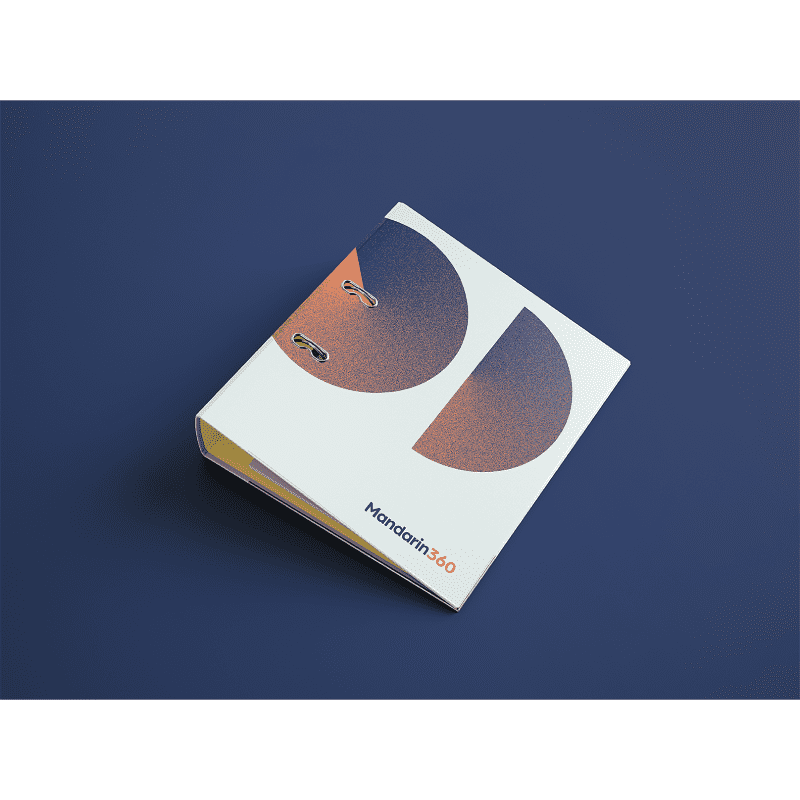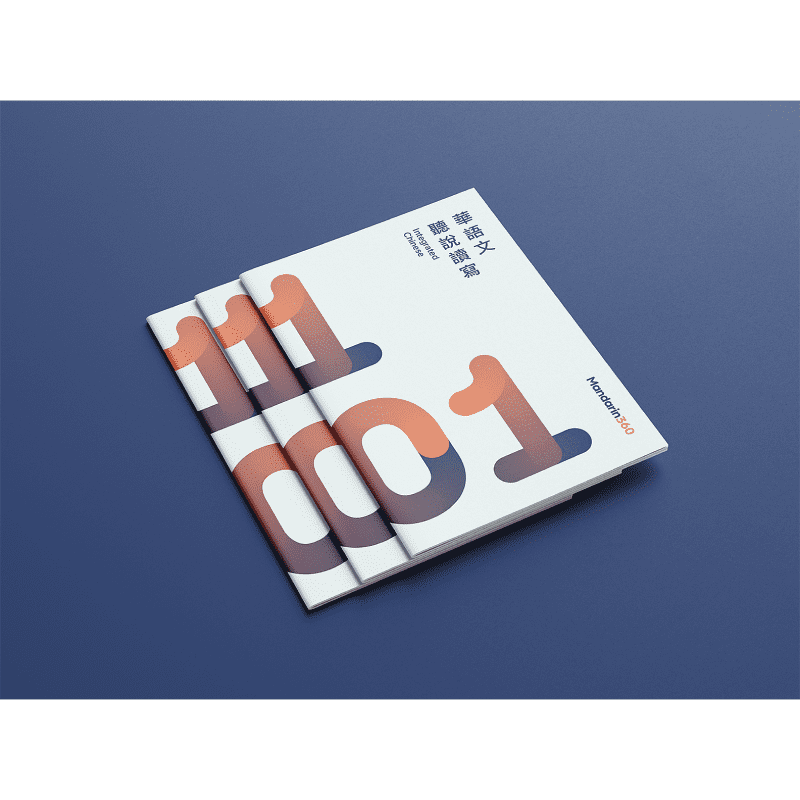Eddie Lin: Find Inspiration in Impossible Places
Graphic Designer
by Elizabeth Lavis
|01 Feb 2024

Eddie Lin, official Brand and Graphic Designer and unofficial Creative Explorer, finds a wealth of creative insight from the world around him. “My best advice for aspiring designers is to stay open-minded. Inspiration is everywhere, even in the most impossible places,” he says.
Lin comes from Taipei, Taiwan, which heavily influenced his design trajectory. “It’s a city full of cool people around the world,” he says. Growing up, I got to be friends with people from everywhere: Austria, Malaysia, Vietnam, and Guatemala. Getting to know folks from such different backgrounds really opened up my world and got my creative juices flowing.”
Lin also worked with a Creative Director in San Francisco who gave him some incredible advice that helped him sharpen his focus and speak directly to his desired audience. “In my first year, he recommended that I dive into American pop culture to grasp the local context better,” he says. “Doing this proved to be a game-changer for my creative thinking. The point was not just getting acquainted with American pop culture; it was about speaking the same language as your audience when you’re in the design process.”
As a child, Lin dreamed of becoming an artist. “When I was a kid, I didn’t know the word ‘designer’,” he says. His parents were highly supportive of his creative ambitions, allowing him to explore many different mediums. “Creating art brought me immense joy, and I loved discovering beauty through my artistic pursuits,” he says.
"Building Intercultural Connection", Eddie Lin
When Lin gets a design brief, he fights the instinct to start sketching right away. “The creative process excites me,” he says. “But, I follow three key steps before I start putting together mood boards. First, I spend time getting to know the client better. We chat through project briefs, have meetings, and even grab a coffee.” It’s essential for Lin to allow his clients space to share their thoughts openly and transparently and let him know what the project requirements are. “Once I’ve absorbed all this information, I start digging into various resources like videos, articles, images, and project-related assets. Then, armed with a solid understanding of both the client’s needs and my take on the project, I bring these insights together.” Lin uses this knowledge to create mood boards with visuals and stories, each revolving around a core concept.
“From my perspective, strategy is the solid foundation, providing structure and stability, while creativity is the flexible part, bringing softness and adaptability,” Lin says. “They’re like the yin and yang of a project, balancing and adjusting for that perfect harmony.” In Lin’s view, designers must stay noble and flexible, always open to adapting to changes in their creative approach.
“The most important aspect of any design is its core concept,” Lin says. “That acts as a guiding light. When you stay true to this concept, every decision you make becomes purposeful.”
Lin loves being able to bring his ideas to life through visualization. “Being a designer, I feel fortunate and privileged because having this ability gives me the courage to dream big about what I can create for the future,” he says.
Submit your work for Indigo Design Award competition


